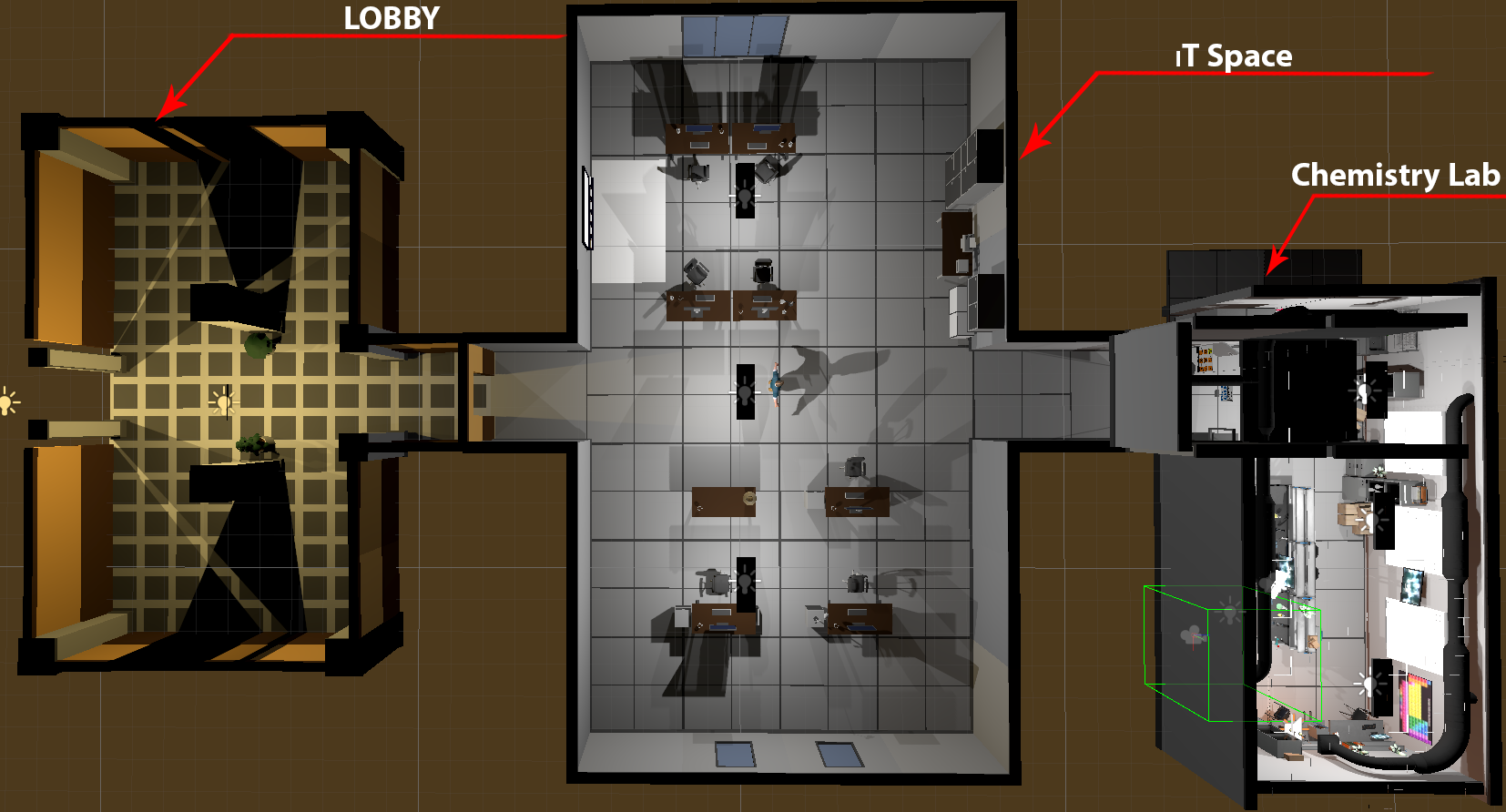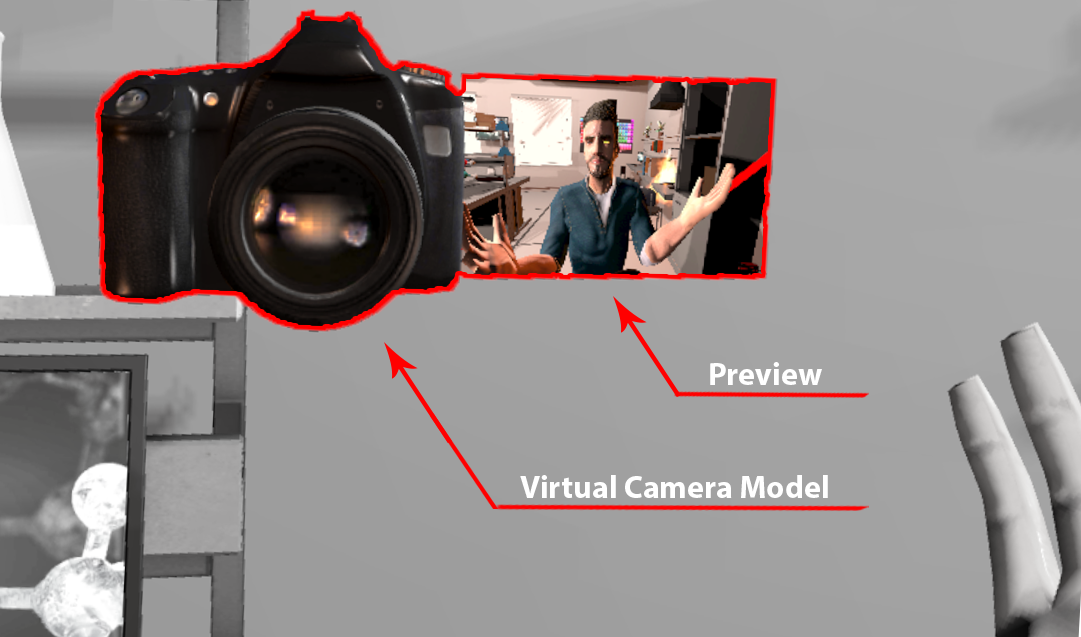A Cross Reality Teleconference Bridge to Incorporate 3D Interactivity to 2D Teleconferencing
Background
In the current COVID-19 era, many people adapt to work, study, or play from home and communicate with others by using various video conferencing tools. However, some may discover the limitations of these tools when they try to present 3D spatial concepts or convey natural non-verbal communication cues through 2D camera feeds.
Virtual Reality can enable users to present themselves and their ideas in existing teleconferencing solutions in a more interactively and deliver much more information than 2D camera videos.
Researchers showed that spatial cues like hand gestures and eye gaze improve co-presence in remote collaboration[1] and asymmetrical remote environments provide richer experience to remote participants[2].
Our Contribution
Leverage the ability of VR to showcase natural non-verbal communication cues to provide a richer experience from within the traditional teleconference platform. Proposed novel experimental paradigm to investigate usability of a hybrid system in remote collaboration.
![]()



Summary
- Developed a VR solution providing a three-dimensional virtual environment for presenters and seamless integration with teleconferencing platforms like Zoom and Skype.
- Users can create and manipulate 3D objects within this virtual space, with planned usability analysis focusing on interaction modes for virtual cameras and desktop mirroring.
- The system supports co-located collaboration, enabling multiple presenters to share the virtual environment and interact in ways not feasible in physical settings, while including webcam participants.
